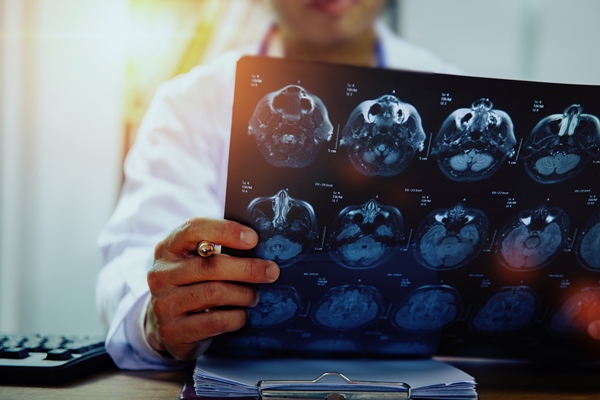Alzheimer’s Disease
Testing for Alzheimer’s disease
When a patient is suspected of having Alzheimer’s, a primary care provider usually performs a series of cognitive tests before ordering more expensive diagnostic tools such as MRI and CT scans and lumbar punctures. These measure the presence of abnormal clumps of amyloid beta proteins that accumulate in the brain, causing neuroinflammation.
RapidDx is developing a rapid detection, noninvasive test to measure the presence of specific biomarkers. This test can be used as a point of care by a doctor in a primary care or other setting. The assessment results will be interpreted via an app or reader technology, eliminating the uncertainty and need for costly hospital tests.
About Alzheimer’s Disease
What is Alzheimer’s disease?
Alzheimer’s disease is a progressive degenerative brain disorder that causes deterioration over time. It is marked by abnormal protein deposits in the brain, forming amyloid plaques and tau tangles. These changes cause brain shrinkage and the death of brain cells. Alzheimer’s disease is the leading cause of dementia, which manifests as a gradual decline in memory, cognitive abilities, behavior, and social skills, ultimately impairing a person’s ability to perform routine daily activities. [1]
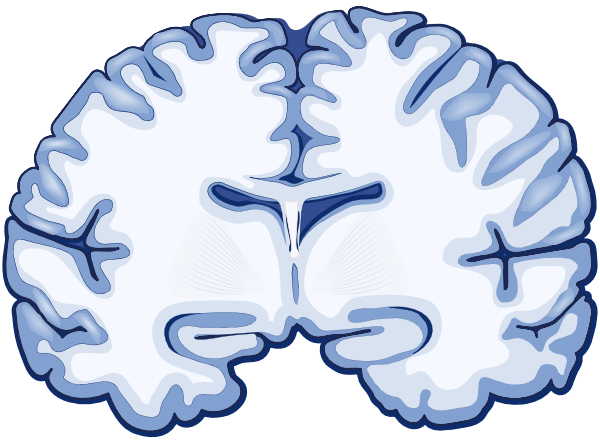
Brain without Alzheimer’s
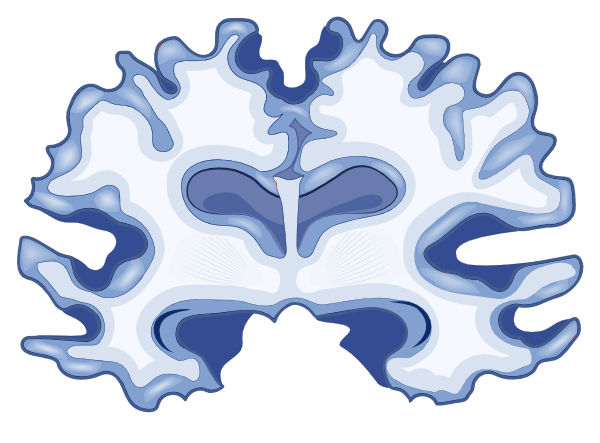
Atrophy in brain with Alzheimer’s
Understanding dementia as it relates to Alzheimer’s disease
Dementia is a term used to describe a group of symptoms affecting memory, thinking, and social abilities severely enough to interfere with daily life. It is not a specific disease but rather an umbrella term that includes various conditions, including Alzheimer’s disease, which is the most common cause.
The primary symptoms of dementia include memory loss, and difficulties with problem-solving, language, and thinking. Over time, these symptoms become severe enough to affect an individual’s daily activities and independence.
For more detailed information, you can refer to the Mayo Clinic’s definition and description of dementia.
The prevalence of Alzheimer’s is increasing
The most significant risk factor for Alzheimer’s disease is age, but research indicates that the abnormal accumulation of amyloid and tau proteins in the brain is thought to begin in a pre-clinical period, 10–20 years before the symptoms, such as memory loss, become noticeable. In the early stages, the brain compensates for developing dementia. Still, if the disease is diagnosed through biomarkers in saliva at an early stage, cognitive decline can be managed and slowed.
People who are most likely to develop Alzheimer’s are older, have a family history of Alzheimer’s dementia and/or carry the e4 form of the apolipoprotein E (APOE). In the U.S., 33.4% of people aged 85 or older have Alzheimer’s, compared to just 5% aged between 65 and 74. As many as 61% of people with Alzheimer’s are expected to die before their 80th birthday, compared to 30% of people who do not have Alzheimer’s. In the U.S., this translates into an estimated 10 – 12 million older Americans with Alzheimer’s and some form of cognitive impairment. An additional 5-7 million people younger than 65 are likely to be in the pre-clinical phase of the disease.
Almost two-thirds of Americans with Alzheimer’s are women, but this may be influenced by women being historically less likely to die of other factors before developing dementia. Health and socioeconomic conditions also play a part.
According to the National Health Service (NHS) in the United Kingdom, Alzheimer’s is most common disease in people over the age of 65. It is estimated that one in 14 people over the age of 65 and one in every six people over the age of 80 have Alzheimer’s. The NHS further predicts an estimated one in 20 people with Alzheimer’s disease are under the age of 65. [2]
In Europe, the number of people with dementia is expected to double by 2050 to 18,846,286. As in the U.S. and the U.K., women continue to be disproportionately affected with and estimated 6,650,228 women and 3,130,449 men living with dementia in Europe. [3]
Over 55 million people worldwide have dementia. Of these, 15.07 million are in China. Every year, there are nearly 10 million new cases. A significant proportion of these people have Alzheimer’s.
Early diagnosis with the RapidDx assessment device may facilitate research into the progression of the disease and contribute to more accurate risk profiles.
Facts about
Alzheimer’s
Pre-clinical Alzheimer’s begins
20 years before symptoms emerge


2 in 3 people living with Alzheimer’s are women


Diagnosis in the United States:

Most people in the U.S. diagnosed with Alzheimer’s are white
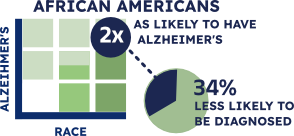
African Americans are twice as likely to develop Alzheimer’s but are up to 34% less likely to be diagnosed

By 2050, costs associated with Alzheimer’s in the US could rise to $1 trillion
Source: Alzheimer’s Association
Alzheimer’s disease in developing countries
There is a lack of comprehensive data on Alzheimer’s disease in most developing countries, but the World Health Organization (WHO) estimates that more than 55 million people worldwide have dementia, with 60-70% of these having Alzheimer’s. As many as 60% live in low and middle-income countries. Limited funding for healthcare and health research contributes to this gap. Healthcare infrastructures often cannot support large-scale screening, diagnosis, and management. Exacerbating the problem are too few neurologists, geriatric specialists, and diagnostic facilities. [4]
In sub-Saharan Africa, the disease burden is multifaceted, involving a high prevalence of infectious diseases, like HIV/AIDS, malaria, and tuberculosis, and an increasing incidence of noncommunicable diseases such as diabetes, cancer, and heart disease. These take priority over diseases of the aged.
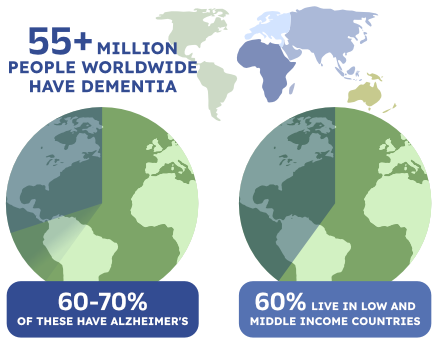
Long-held cultural beliefs and stigma about ageing and dementia can impact the recognition and reporting of Alzheimer’s disease. In some cultures, symptoms of dementia are seen as a natural part of ageing rather than a medical condition that requires attention.
However, ongoing efforts by international health organizations, such as the World Health Organization (WHO), are increasingly recognizing the importance of addressing Alzheimer’s and other dementias in developing countries and are launching initiatives to improve awareness, diagnosis, and care.
RapidDx advancements are pioneering solutions for early Alzheimer’s disease detection, fully in line with WHO guidelines.
“As I spent time learning about Alzheimer’s and the research into it, I came to understand the challenges. The brain can’t be sampled easily or often, for example, and the blood-brain barrier is a double-edged sword—it both protects the brain and makes it harder for treatments to get in.
We systematically looked at the barriers to R&D on Alzheimer’s disease, and we heard consistently that not having a simple, non-invasive, scalable and relatively inexpensive diagnostic (such as a blood test) was a key challenge.” [5]
— Bill Gates, Chair of the Gates Foundation and whose father died of Alzheimer’s disease
Image source: The Times of India, CC BY 3.0, via Wikimedia Commons
In conclusion
Early diagnosis is the first major shift that needs to happen—many studies have shown that Alzheimer’s disease is underdiagnosed today. If we’re able to catch the disease sooner, we’ll be able to give patients more options for treatment and social services, as well as participate in clinical trials and other research opportunities.
[2] Alzheimer’s disease – Overview | www.nhs.uk
[3] Prevalence of dementia in Europe | www.alzheimer-europe.org
[4] Fact Sheets – Dementia | www.who.int
[5] The Path Bill Gates Sees to Overcoming Alzheimer’s Biggest Remaining Challenges | www.scientificamerican.com
